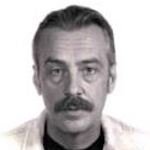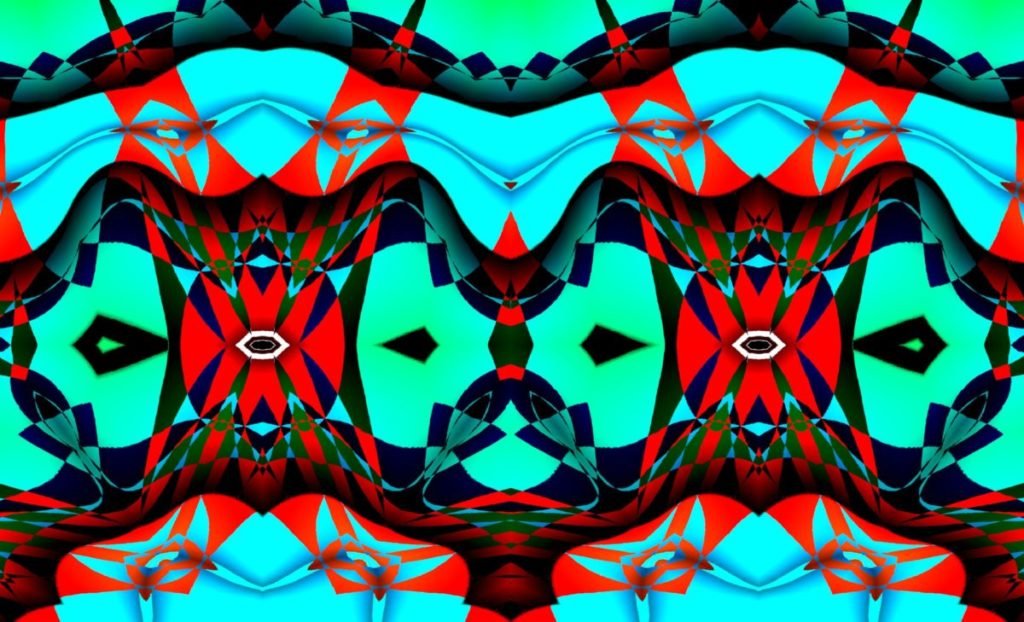
Both the Irish and Ukrainian/Russian sides of my family settled in Allegheny County, and the men worked in the steel mills and coal mines. My mother got on a bus one day and moved to central Ohio. She remarried and we moved to a farm on the edge of Appalachian Ohio with no running water, an outhouse, coal stove, and three acres of gardens for me to plow and hoe by hand.
I believe the long days working outside allowed me to merge with and absorb the quiet rhythms of nature, so that the patterns and designs in my work, whether simple or complex, form emotional landscapes. And since my back was literally bent while working, I did not often look at the distant horizon, instead focused and touching what was near me or around me, so developed a penchant to use color and shapes as atmospheric perspective.
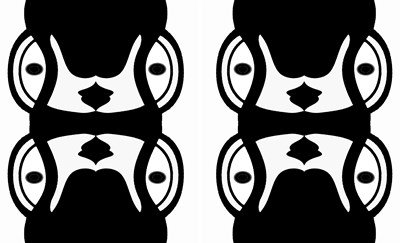
There is also tension in my work with several focal points either competing with each other or silently lurking beside each other. Such might be a result of my stepfather believing art was not “manly” and trying to beat it out of me, and my mother pushing me towards being a doctor who could support her in comfort in her old age. These psychological pulls, while at times handicapping me, also pushed me to try express a lyric merging and healing of colors and shapes within my work. I tried pen and ink, pastels, then acrylic before I settled on digital painting.
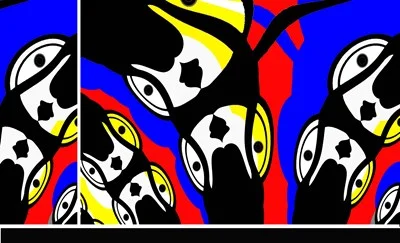
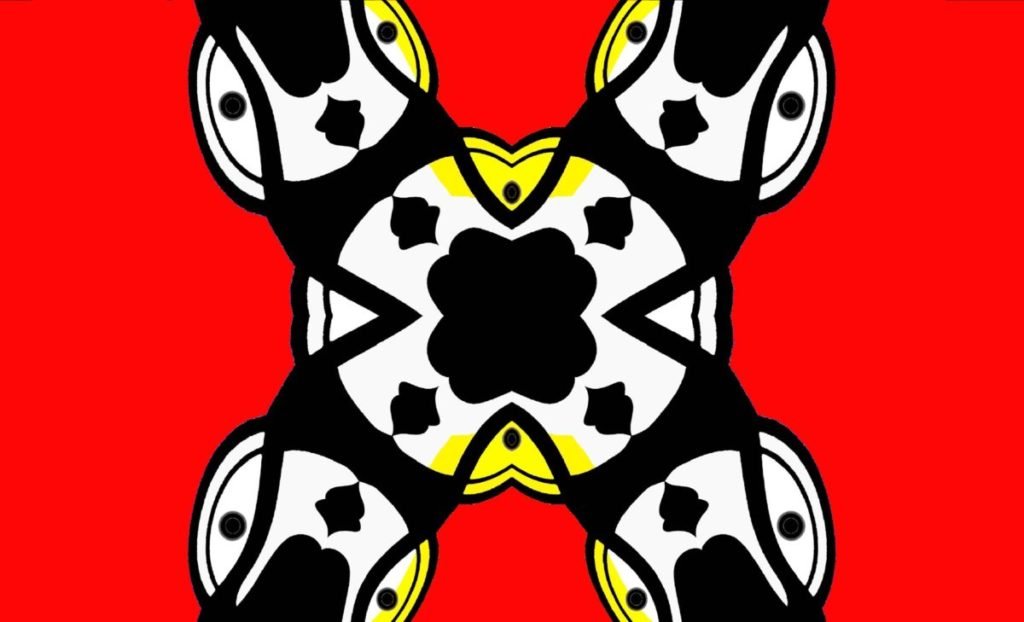
These elements may have been the seeds of my current work but having grown up on a farm, I know things must be tended and do take time to grow. When I got my undergrad degree at Ohio University and was basically broke and homeless, I took off and traveled around the country for five years, picking up work whenever and wherever I could, and as Tennessee Williams said, “relying on the kindness of strangers.”
I got back to Ohio and tried to be practical, so applied for a grad degree in business at Ohio University. It was so boring I would skip classes for months, then take tests and still get at least B’s. But the program allowed for unrestricted electives; I took four quarters of the MFA sequence in painting and audited some art history. The two artists I most admired and related to were Modigliani and Gorky, so I studied both their art and their tragic, brief, but productive lives.

Like a pebble in an economic river, I bounced or was bounced around a bit: substitute teacher, janitor, construction worker, factory laborer, soldier, college instructor, state parole officer. I sent poetry to journals and was being published. I noticed that journals also published art, and I sent out black and white pen and ink or art marker sketches. Some were published in the US., Ireland, Wales and Canada.
The sheet metal factory where I worked was going to close down, so I fought to get Trade Adjustment benefits for all the workers. Then I bought into the education myth again and enrolled at Ohio University for a degree in education. I enrolled in art courses again to save what remained of my sanity. I registered for Art on Computers taught by Bob Luzuka. Bob allowed others to pursue and develop their own directions, and he allowed me to work in independent study with him for several quarters. Bob also helped me to enroll in printmaking classes with the understanding that I could further develop the digital direction I had chosen.

It took a while, but I became able to produce digital drawings and paintings that were much like what I attempted to do in my abstract and pattern paintings. When I co-curated an exhibit of art by Appalachian male artists at the Ohio University Multicultural Center, the director remarked that she was amazed how similar my digital prints were in style and feel to my older traditional method paintings.
I work intuitively, so it’s difficult to describe a single method or procedure. I start most pieces with either simple gesture drawings or broad color fields. I move layers around until somethings sparks my attention. l try every blending mode at my disposal, taking a piece of an image and make it the whole, or taking a whole image and break it into pieces. There may be 50 to 300 steps involved for making one piece.
Some of my work looks kaleidoscopic, which makes sense, given my thought and emotional processes. Digital work allows me to change direction quickly, to do things that I tried in traditional means, but often ended up with muddied colors or wasted canvases.
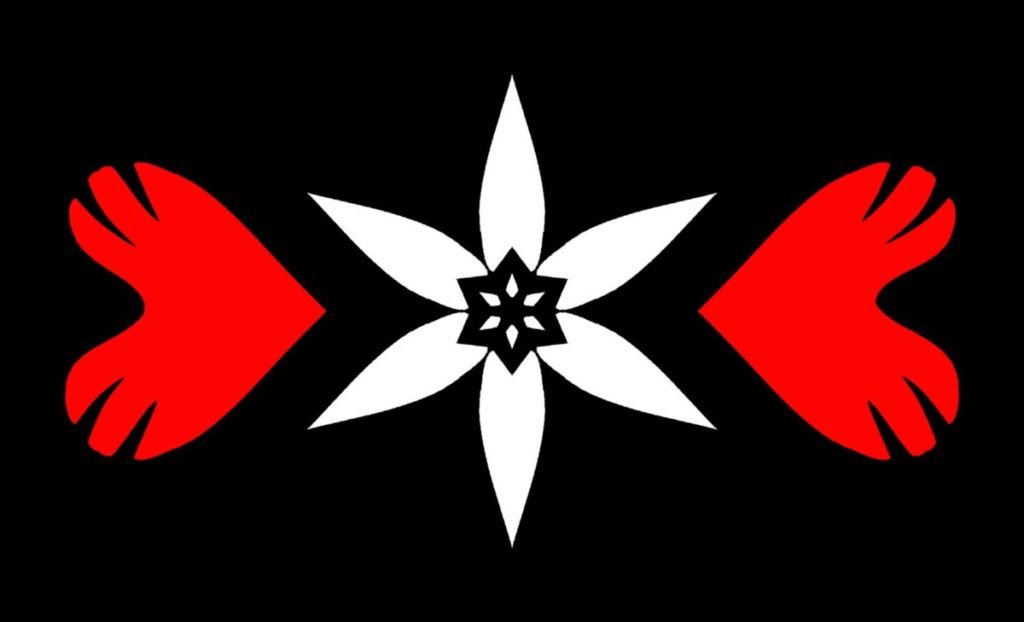
I am sticking with digital work now, because I like the ways that it can be disseminated and shared. Plus, since I am a bit OCD and have about 9,000 pieces of work, storage is a bit easier electronically.

Featured image above, Blue Christmas, 2018
Follow us!Share this post with your friends.

